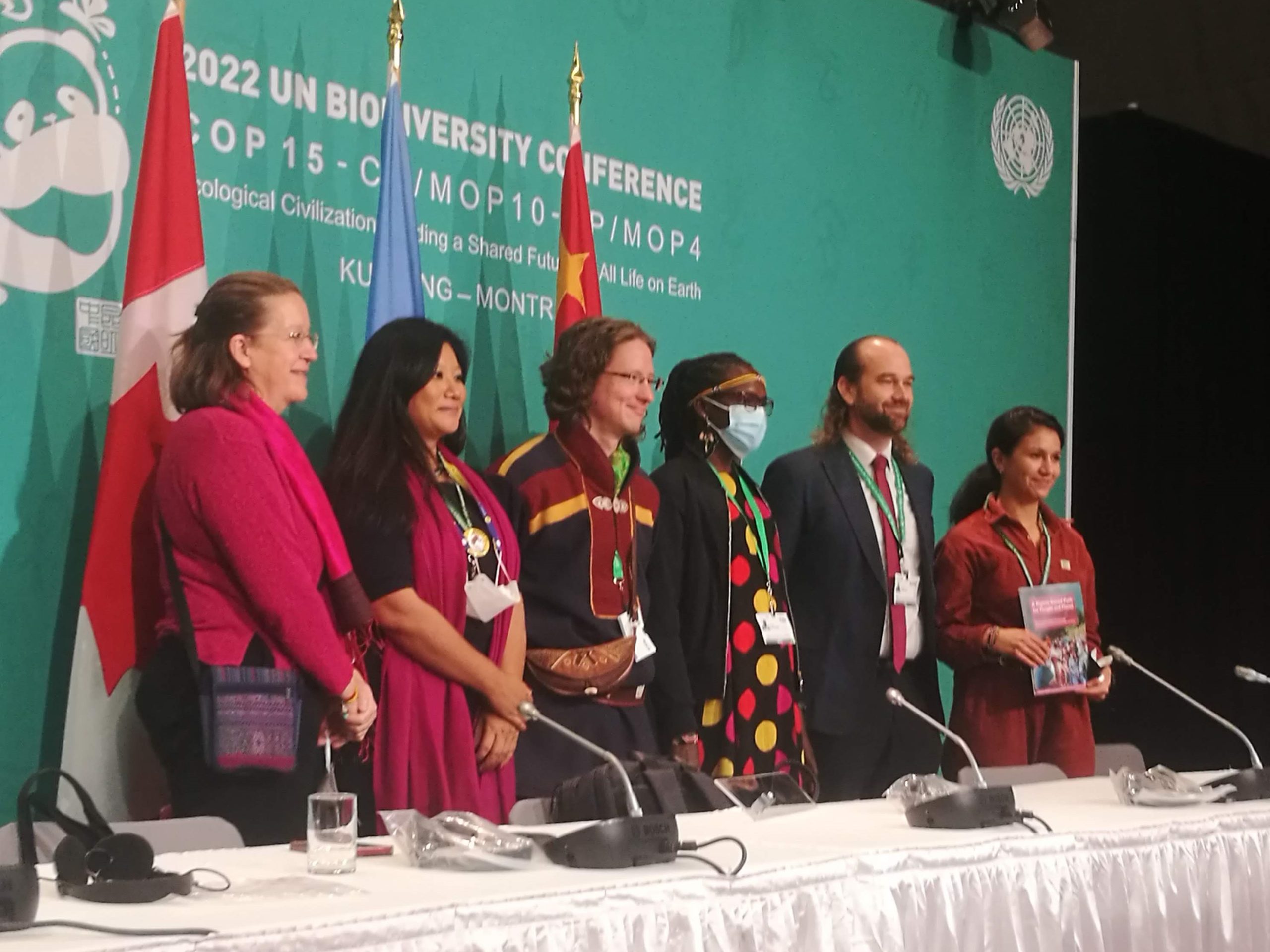What is at stake at COP15?
The UN Convention on Biological Diversity (CBD) has been convening 196 countries for a Conference of the Parties (COP) every two years since its creation in 1992. COPs are used to evaluate progress made towards the objectives of the convention, as well as setting new ambitions to address the loss of biodiversity. This year is COP15, and the outcome of this summit will be the adoption of the post-2020 Global Biodiversity Framework (GBF), which sets the international biodiversity policy for the coming decade.
COP15, just like other COPs, is a party-led process, which means that the decision-making power belongs to the countries who are members to the convention. In the case of the CBD, all countries of the world are members to the convention except for the USA and the Holy See (Vatican). The COP convenes not only all these countries, but also many civil society groups (which I talked about in my previous blog). With such a big task and wide attendance, this COP addresses a myriad of different aspects of biodiversity loss, covering economic, environmental, and social issues. Many of the key concepts discussed are cause for division among different actors, which is important to understand in order to grasp the current state of international biodiversity action.

COP15 at a glance: important concepts
After years of negotiations to create targets and objectives to tackle biodiversity loss in the post-2020 GBF, several areas have arisen as contentious points among countries:
- The 30×30 target aims to protect 30% of lands and oceans by 2030. This is supported by most countries, but there is a strong concern from civil society (particularly Indigenous Peoples and local communities, or IPLCs) that this goal will be implemented without a strong human rights approach. The concern here is that conventional nature conservation (referred to as fortress conservation) has often resulted in forcefully removing peoples from their lands. This is problematic not only from a human rights perspective, but also because IPLCs are the most capable and effective guardians of rich biodiversity areas.
- Including a human rights-based approach in the post-2020 GBF is put forward by many countries and civil society groups as the only way to deliver successful action on biodiversity loss. Actors who are reluctant to include this approach argue that the CBD’s mandate is in biodiversity, and that human rights are beyond this convention.
- Economic approaches to biodiversity loss include nature positivity and nature-based solutions. Both of these approaches are supported by businesses and certain international organisations as methods that allow extractivism for economic activity, while committing to restoring nature. Opponents to these approaches (mostly within civil society) criticise the fact that this does not change the harmful economic drivers of biodiversity loss, and that the efforts for biodiversity restoration often take place in different ecosystems, often not matching the richness of the original biodiversity being destroyed by the economic activity in question.
- A wide range of actors from civil society are present at the COP, even though only countries have decision-making power. Alongside women, youth, Indigenous Peoples and local communities, businesses are also present, which has been controversial from the perspective of certain civil society actors. The reason for this is that business comes in huge numbers and with a lot of money, which can easily outweigh civil society groups who mostly made up of unpaid people.
- Financing the implementation of the post-2020 GBF is a very contentious issue, with developing countries calling for the creation of a new fund and developed countries preferring to reform the mechanisms of existing funds. This issue has risen to such tensions that a group of developing countries left the negotiation room earlier this week to show their frustration at developed countries’ lack of flexibility on this issue.
Overall, the negotiations are hours and hours of analysing text line by line to agree on the specific wording of targets. It is an incredibly tedious process, but it brings to light the importance of language in international conventions. It is a fascinating process to observe, but it is also disheartening to see incredibly important real world crises being watered down through political-economic strategies.

